Structured Decision Making In Just 4 Steps
By Intern |13 Oct 2016
Wouldn’t it be great if there was a way to come up with fantastic ideas without needing to rely on creative genius? Marketing in a busy world relies on ideas that standout from the crowd; the challenge is twofold:
1. generating ideas in the first place and
2. deciding whether the ideas are any good
Using a structured decision making process, (don’t yawn, just keep reading), your entire team can be involved. So what is structured decision making, why should you use it? There are many reasons: it encourages collaboration, helps you to examine every avenue of thought methodically, capitalises on and limits the impact of human biases and controls our tendency for distraction.
Decision Analysis brings structure to creative thought and helps teams to move towards the best solutions. Let’s see how structured decision making is done:
Step 1: Get a clear statement of the problem.
Warm brains up with:
Priming - set the scene
Context effect - experience the problem
Attentional bias – solve a puzzle, arrange 5 fruits etc. to get people to think about problems and more importantly, the problem's definition.
The trick to defining the problem is to think about the objectives and avoid the temptation to just write down a description of the preferred outcome.
For example:
- “Transport coffee safely while cycling” is a better definition of the objective than a “spill proof coffee cup” or “bicycle cup holder”
- “Make it less exhausting to remove dust and dirt from carpets” is much better than thinking that the aim is to “make a machine to beat the carpet for me” or create a “dust free carpet”
Once you have a set of problem descriptions, you are ready to really dive into the structured decision making and creative thing.
Step 2: Decomposition
Break the problem statement into parts – split out the nouns, the verbs and any other words that are key to the problem.

Step 3: Perspective
Take each part e.g. carpets, and think about the features of that part in isolation. Build a list of features related to that part alone: etc…
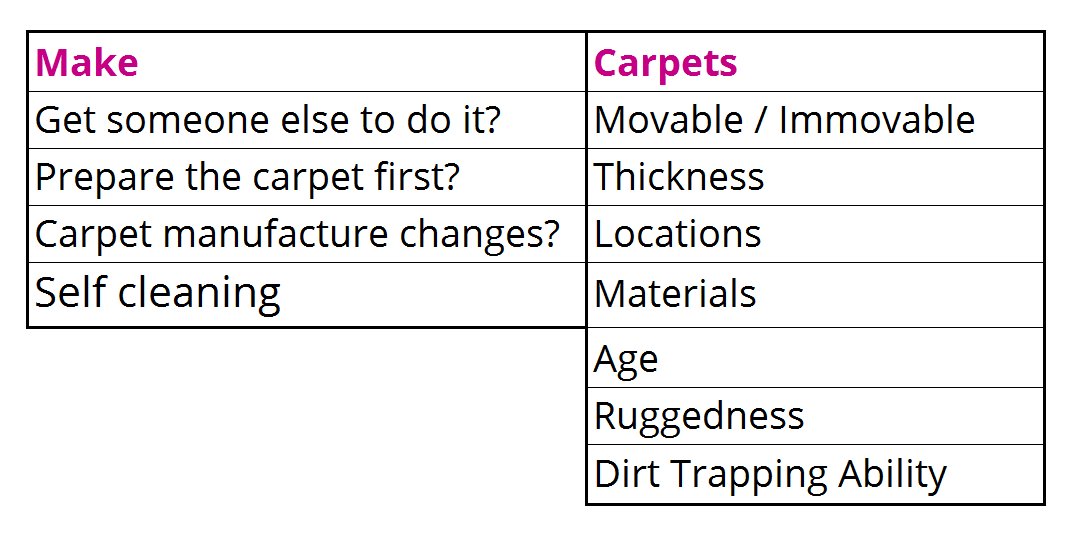
Have a tea break.
Stay open minded:
Conservatism bias – insufficient revisions of beliefs when presented with new evidence
Status quo bias – preferring to continue to do what’s been done already
Confirmation bias – encourage individual thought before session so no one idea dominates
Step 4: Recombination
Look at the lists developed for each part and it's likely that ideas may already be forming. Try recombining features from the lists to see whether there is a novel solution, or a new avenue to explore.
For example:
- Self-cleaning + materials: trap less dirt and make it easier to remove dust.
- Prepare the carpet + age: was the original problem related to restoration work?
- What could we learn from how old carpet is restored and cleaned?
Advanced techniques
It might be necessary to use advanced techniques if you see biases emerging during the recombination step:
Generation Traps:
Decoy bias – a series of ideas on a theme might make a bad theme seem like a good theme
Selective perception – becoming fixated, only looking for additional support to fit a single idea
There are three advanced techniques that can be useful:
Advanced technique: Injection
To help stretch the mind, inject a random word into the recombination process. Let your mind think about the injected word – decompose the word and find features that can be brought together to generate new ideas. E.g. injecting the word ‘feather’, leads to thinking that feathers are light… perhaps vacuuming is tiring because the vacuum cleaner is too heavy.
Advanced technique: Reversal
Can the opposite help find solutions? Perhaps there shouldn’t be a vacuum cleaner (some buildings have vacuum points built in, all you need is a hose), or perhaps there shouldn’t be dust in the carpet… we shouldn’t let the dust settle in the first place (like in operating theatres).
Advanced technique: Analogy
Consider an analogous problem and look for mappings between it and the problem you have to solve. E.g. washing machines remove dirt from fabric, this idea gives rise to the VAX carpet cleaner.
Another example of using analogies might be to think about water purification: larger lumps are filtered out first, then smaller particles are removed in subsequent stages. Perhaps our vacuum cleaner needs different settings to remove larger debris from carpets, then a setting to remove finer dust particles.
Take a complete break.
Take a look at the ideas and think about each in turn. Is there any real value in it? Does it solve the problem? Should we pursue this idea further?
Selection Traps:
Endowment or sunk cost fallacy – don’t continue to pursue an idea if you’ve invested time and hit a major barrier. Stop and run the workshop again.
Well-travelled road bias, innovation bias – thinking an idea is good because its familiar or good because its novel – its only good if it solves the original problem.
In-group bias – thinking its better because the boss agrees.
Using structured decision making in product development is just the same. The evolution of the vacuum cleaner can be seen as a sequence of structured decisions:
Clear statement of problem: having to take the carpet outside and beat it with a stick takes time and effort.
Decomposition: 'stick', 'carpet', 'outside' and 'beating'.
- Carpet beater – (perspective of the human beater, automate the action of beating and do it indoors)
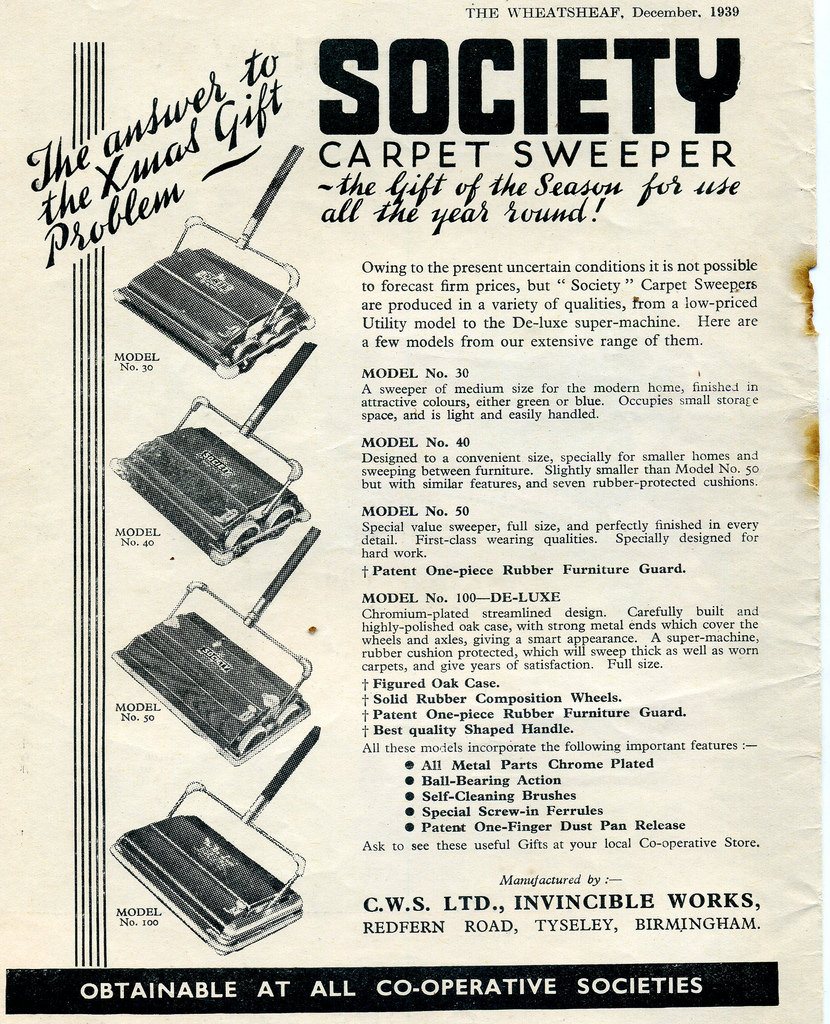
Source: https://www.flickr.com/photos/sludgeulper/17386079543
- Blow dirt away - (perpective of the dust, blow it away instead of beating it)
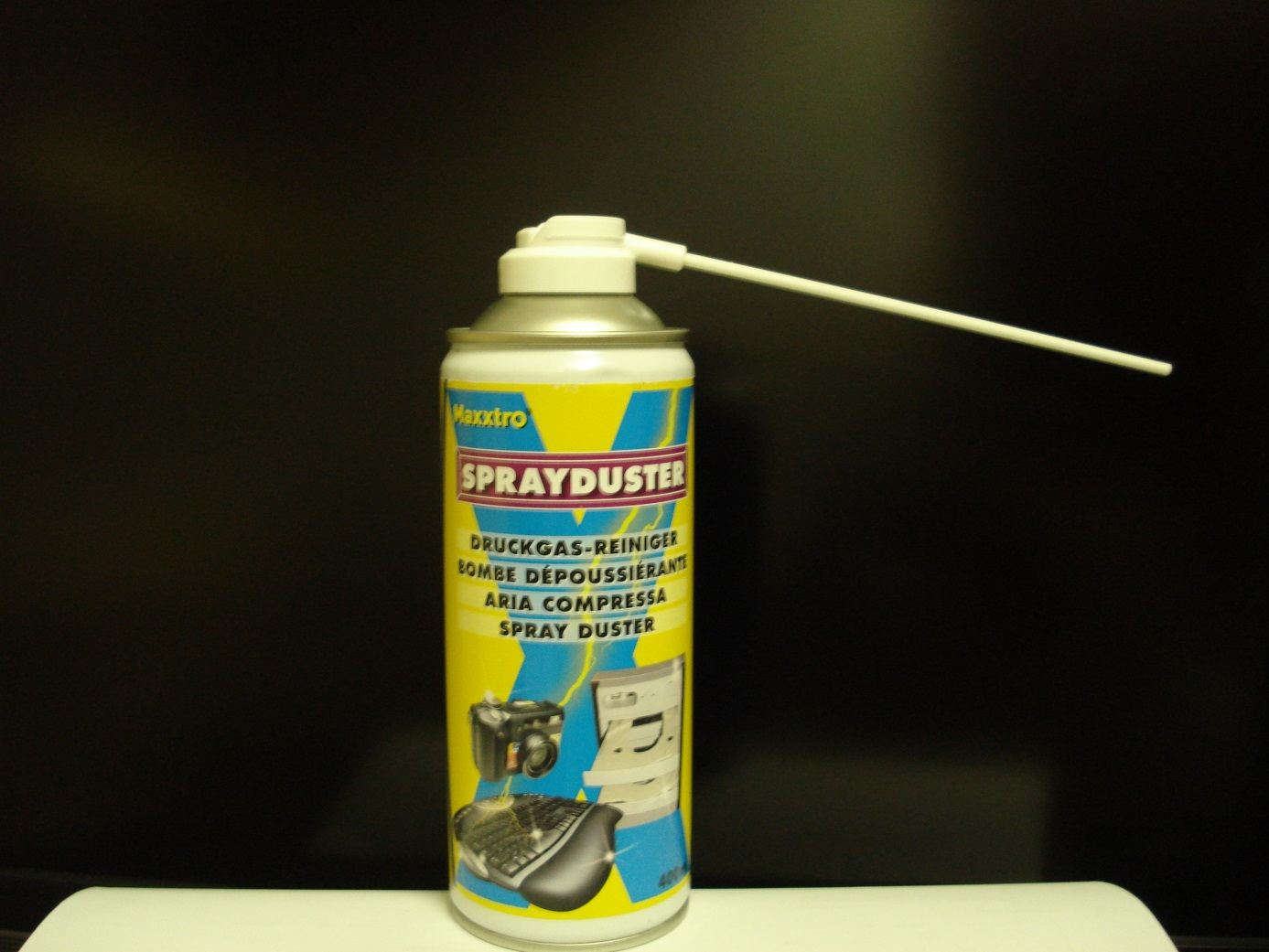
Source: https://commons.wikimedia.org/wiki/File:Canned-air.jpg
- Horse drawn - (perceptive of the dust, vacuum removal instead of blowing or beating)

Source: Museum of Clean
- Regina – (perspective of the person, DIY miniature version for convenience)

Source: https://en.wikipedia.org/wiki/Vacuum_cleaner
- Electrical hoover - (perspectives of person & machine – practical, portable, less tiring than hand cranking, removable dust bag)

Source: https://commons.wikimedia.org/wiki/File:NMAH_DC_-_IMG_8859.JPG
- Dyson – (perspective of the dirt collection and reversal what if there is no bag)
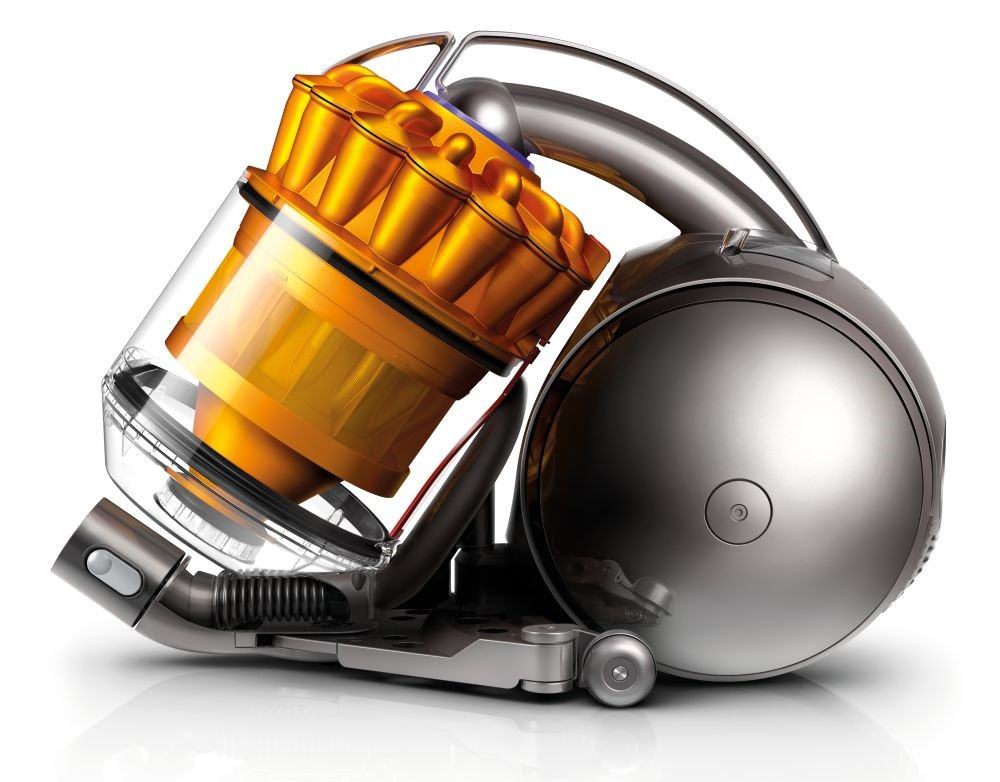
Source: https://en.wikipedia.org/wiki/List_of_Dyson_products
- House installed – (reversal – there is no machine)
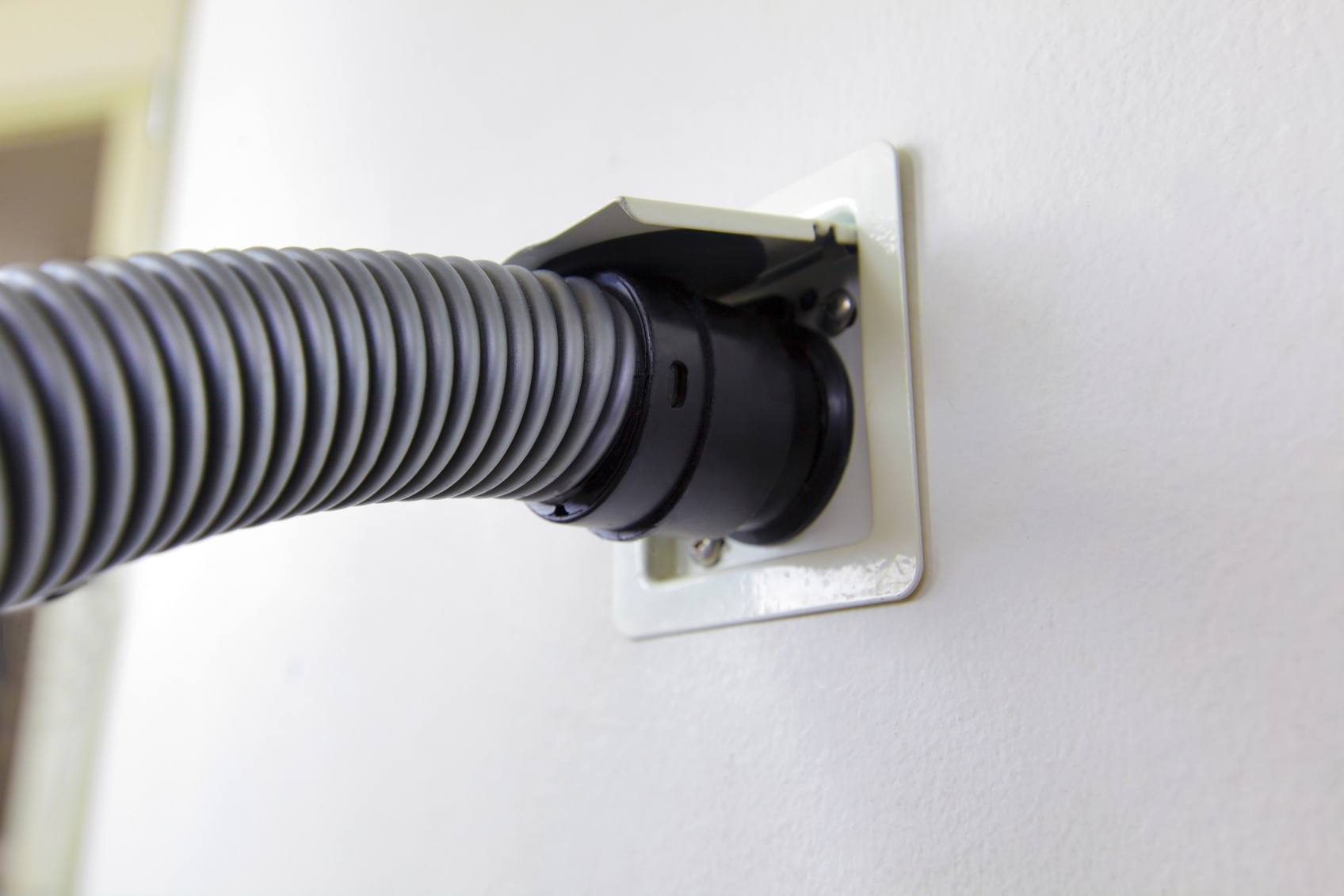
- VAX – (analogy – water helps to remove dirt from fabrics)
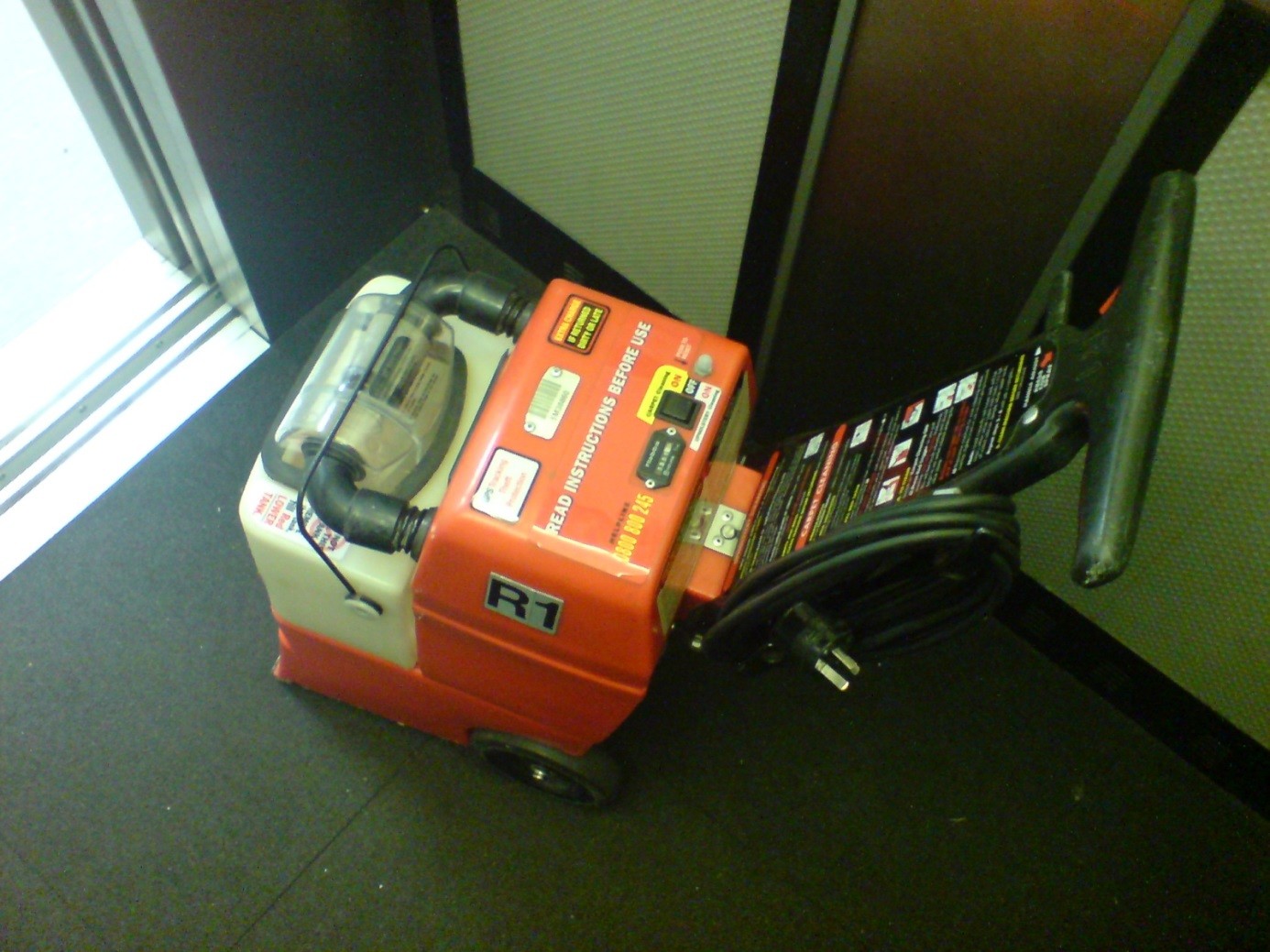
Source: https://en.wikipedia.org/wiki/Carpet_cleaning
- Cordless – (analogy – other cordless devices)
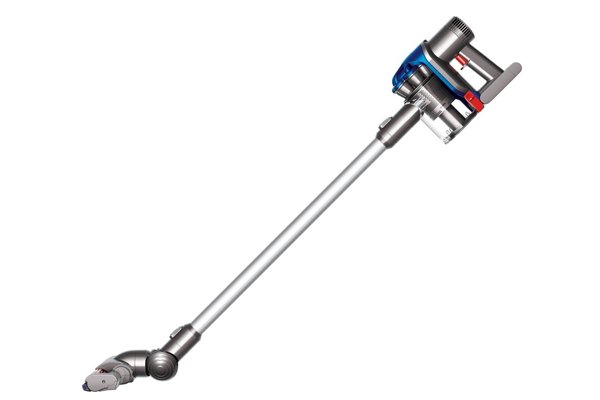
Source: https://en.wikipedia.org/wiki/List_of_Dyson_products
- Robotic – (reversal – there is no human involved in cleaning, analogy – mine sweeping technology)

Source: https://en.wikipedia.org/wiki/IRobot
What’s next….
Is the status quo bias stopping you making the next improvement?